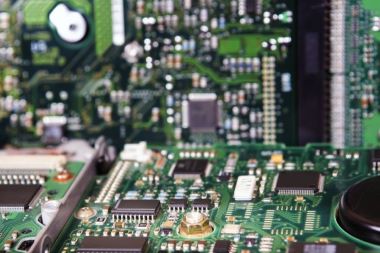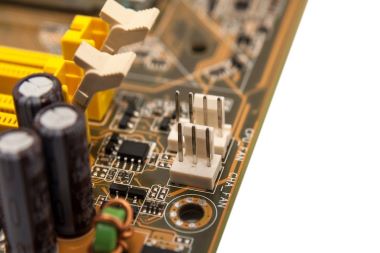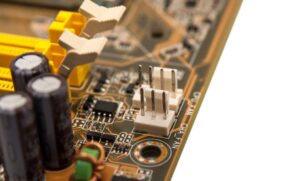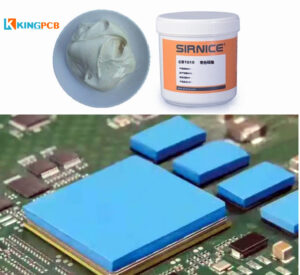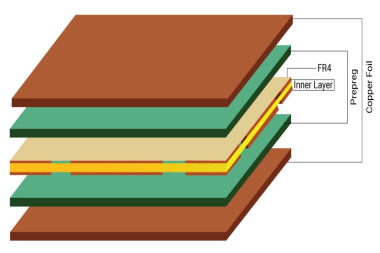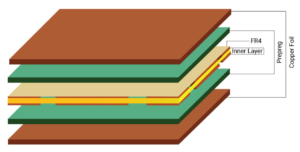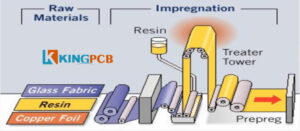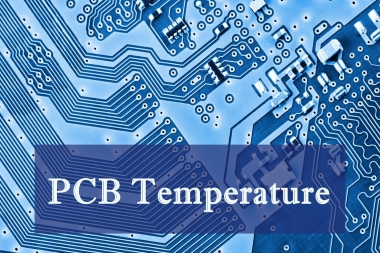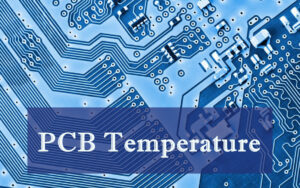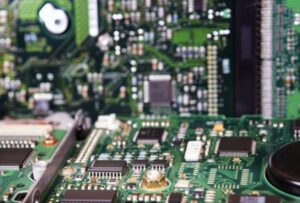
As electronic products become thinner and shorter, printed circuit boards have to move towards higher densities. Thin lines and small holes are a necessity, and the challenge is to increase transmission rates while maintaining signal integrity.
The lamination process for building multilayer circuit boards involves building up properties such as water resistance, reinforcement and protection, subjecting these layers to extreme pressures and temperatures to slowly cure, release and cool the material.
This article describes the unique benefits and applications of Megtron6 laminates, so read on to discover how they can enhance your products.
What is Megtron6 material?
Megtron6 is a popular high speed laminate material used in the manufacture of different types of PCBs. Designed for many different high frequency measurement instruments, integrated circuit (IC) testers and mainframes, Megtron6 has low transmission loss, thick layers and many different layers to enhance high speed networking equipment.
These laminates have electrical properties comparable to those of polytetrafluoroethylene (PTFE) materials, thanks to their high processability and unique advantages. In addition, they are compatible with lead-free soldering and can even prevent high-frequency signal reflections by means of thin foils for RF printed circuit boards.
Characteristics of Megtron6 materials
Low dielectric dissipation factor (DF)
Indicates the ability of a material to act as an insulating material or to retain energy. The lower the dissipation factor, the better and more efficient the insulator system will perform. megtron 6 has a low dissipation factor of 0.002.
Low dielectric constant (DK)
Ideal for power supplies and high frequency applications as they help to minimise power losses, Megtron 6 has a dielectric constant of 3.7 and virtually no current storage, making it ideal for such applications.
Low transmission loss
Some PCBs require low transmission loss materials to help reduce dielectric and conductor losses, which are necessary to achieve the demand for PCB materials.
High heat resistance
Due to its thermal characteristics, Megtron 6 laminates can withstand high temperatures.
Compliance with regulatory requirements
Megtron 6 laminates comply with the quality requirements and environmental regulations set by the Restriction of Hazardous Substances Directive (RoHS).
Through-hole reliability
Excellent through-hole reliability and resilience make it ideal for a wide range of niche applications.
Durability
Their strength allows the materials to hold up longer and remain useful so you can get the most out of them.
Thermal and electrical conductivity
Megtron 6 laminates are also excellent insulators. This material enhances the proper flow of electrical current while reducing leakage in both thermal and electrical applications.
Applications of Megtron 6 laminates
The following are the most suitable applications for Megtron laminates.
- High frequency measurement equipment: providing accurate results.
- High speed network equipment: helps to improve the operation of LAN and interconnect routing equipment.
- High-speed mainframes: helps to improve the efficiency of equipment by maintaining the entire system and keeping it operating under optimal operating conditions.
- High Speed IC Tester: The mechanical characteristics of the Megtron 6 laminate help the IC tester provide the most efficient and accurate results when testing other types of ICs.
Find your PCB solution with KingPCB
At KingPCB, we offer PCBs to suit your product usage technology. from rapid prototyping to high volume production boards, we work with a variety of industries including industrial, medical, aerospace, consumer electronics, automotive electronics and more. Our ability to deliver high quality and quickly, with competitive quotations sets us apart from the rest of the industry.
Choose KingPCB as your PCB supplier to realise your PCB project requirements. For any questions, welcome to contact us now.


